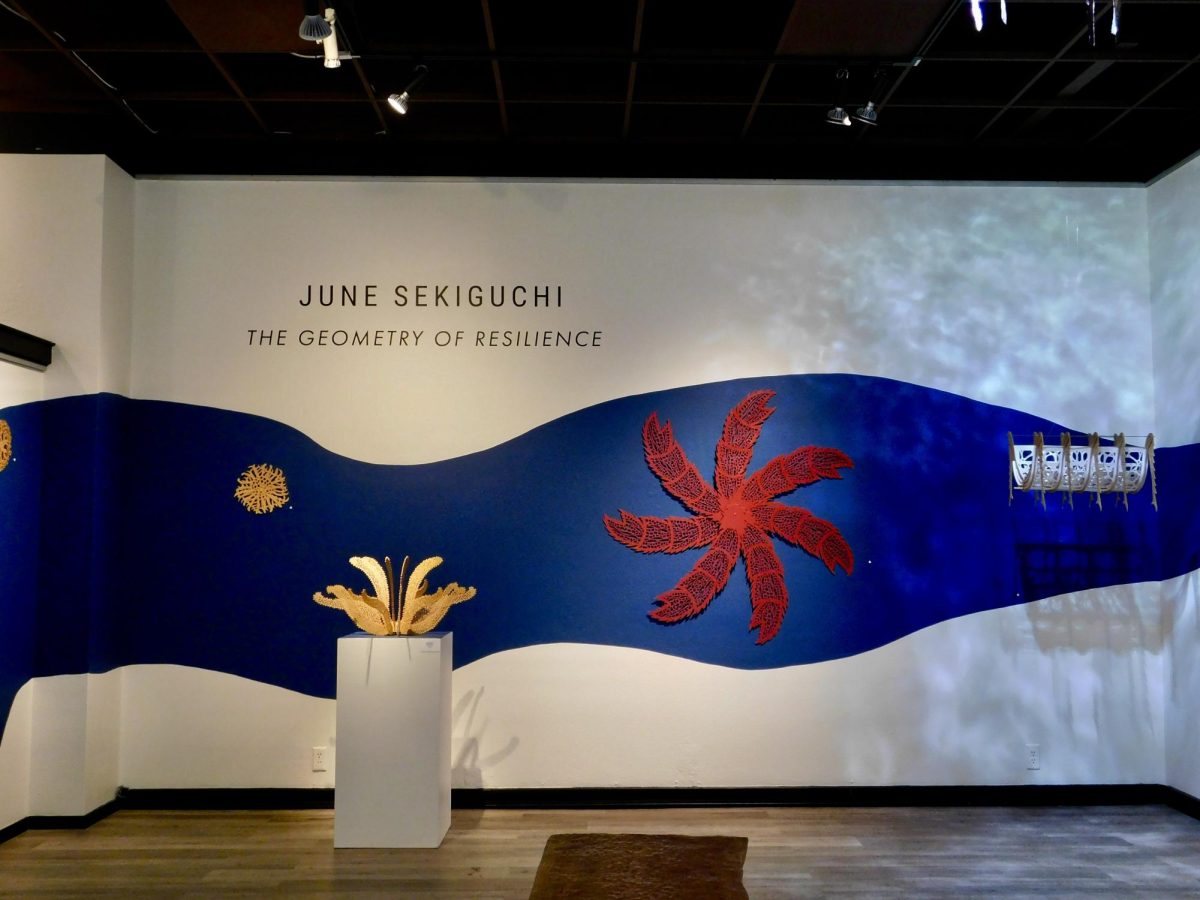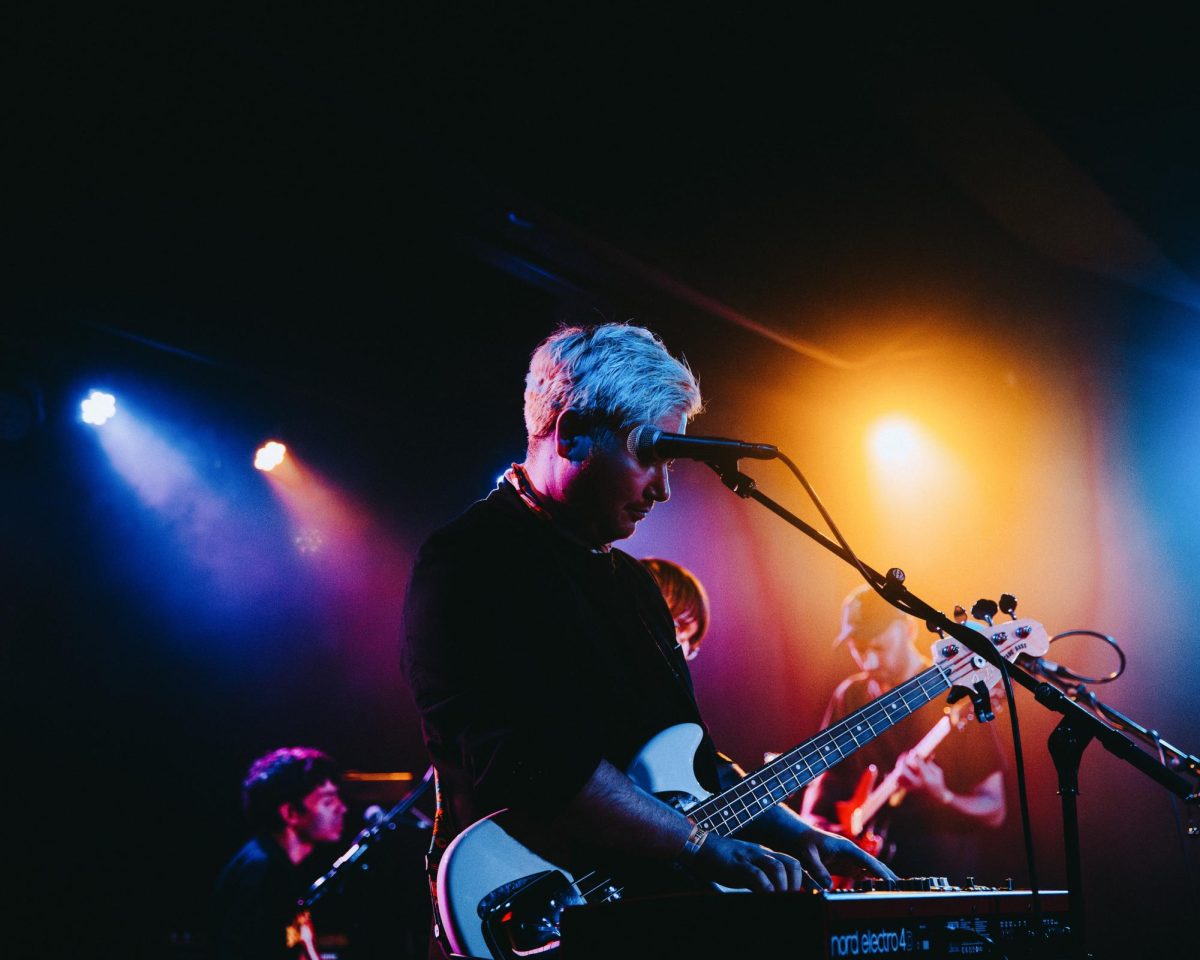
Seeking shelter from the rain on a walk down 1st Avenue, one may be drawn to the warmly lit brick entrance of ArtX Contemporary. Currently on display is Tacoma-based artist June Sekiguchi’s collection “The Geometry of Resilience,” her return to gallery exhibitions after a five-year focus on public art installations.
Passing through the doorway transports visitors to a world both alien and familiar. Abstractions reminiscent of undersea creatures flow atop blue painted waves. Each form lining the walls has intricate, repeating patterns like those of a mandala. Some have branches infinitely splitting off of themselves while others are made up of hundreds of circles spiraling inwards. Sekiguchi’s work has a hypnotic quality to it, bringing perceived life and movement to each static form.
Living on the West Coast, Sekiguchi is no stranger to tidepools and the microorganisms that inhabit them. This fascination grew stronger in recent years as she had the opportunity to participate in artist residencies at Willapa Bay and Vashon Island.
“[Residencies are], to me, the pinnacle of my opportunities for art,” Sekiguchi said. “You’re supported to go someplace beautiful to contemplate and, you know, just produce art. Both [residencies] were by the water and that was what really drew me to explore the natural environment.”
Inspired by the pattern and symmetry of the creatures she observed, Sekiguchi’s research led her to the work of Ernst Haeckel and his study of radiolaria, a type of microscopic organism. These creatures rarely move, yet are capable of surviving extreme conditions.
“Contemplation was a big part of the residencies, like what we’ve just gone through with the pandemic, and now what we’re going through politically. It’s like, God, you know, we’re really being put through the wringer…Especially young people, you guys have gone through a lot, and it’s hard,” Sekiguchi said. “I wish for resilience for everyone getting through all this. And these little creatures, these little microorganisms, they sustain.”
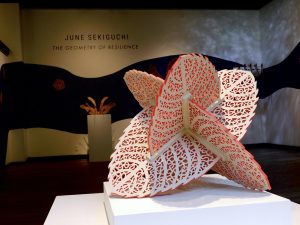
Each complex pattern found in the gallery, some made up of holes as small as a few centimeters, is entirely hand cut. Sekiguchi uses a scroll saw, a tool she describes as a “rigid piece of yarn,” to carefully remove each unwanted piece of fiberboard.
“It’s kind of a meditative process,” Sekiguchi said. “So addictive, once you get going you just want to get it done.”
This process can take her anywhere from a few hours to several weeks depending on the size and complexity of the piece.
“Just yesterday a gentleman came in and said, ‘Did they actually do it by hand?’ And the answer is absolutely yes,” Summer Ventimiglia, associate director of ArtX, said. “People often think it’s laser cut. When you explain the process of the scroll saw, it really opens things up, and I think it clicks, the labor and the care and the dedication to the process that she makes.”
Throughout the gallery, Sekiguchi makes the bold choice to leave most pieces raw and unpainted. This decision allows viewers to fully focus on the shapes of each piece and appreciate the transformation the material has gone through.
“My material is called MDF, it’s medium density fiberboard. It’s this crappy material, like the back of cheap dressers. It’s like one step up from cardboard, so it’s not precious. It’s not a special material,” Sekiguchi said. “I wanted to kind of elevate what this material is that I commonly use and show what can be done with it, the way I use it and cut it and make forms with it.”
The natural beige of the MDF also allows it to mesh with the natural sticks and rocks used throughout the gallery, many of which were found during Sekiguchi’s residencies.
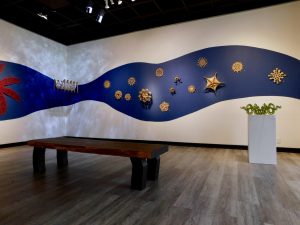
ArtX’s versatile, open space allowed Sekiguchi to experiment with these bold choices. Having shown work through ArtX for a number of years, Sekiguchi has formed a close connection with Founder and Curator Cora Edmonds.
“They’ve been really wonderful. Just, you know, more than a business relationship, it feels like family,” Sekiguchi said, reflecting on her past exhibits with ArtX.
Edmonds founded ArtX in 1995 as a response to the growing diversity she had noticed in Seattle. Her goal was to create a space for cultural connection through the arts, showcasing a wide variety of styles and mediums from around the world.
“I’ve always been really keenly aware of the beauty that all the diversity brings, and the fact that we can all learn from each other. For me, art is a way of telling the story, diving deeper into different traditions, different customs, different cultures. Sort of short of opening a restaurant, right? The universal language is food, art, music, and that’s what we all have in common.” Edmonds said.
As our country becomes ever divided, Sekiguchi’s work celebrates the beauty, connection and strength that exists in every creature, no matter their size or strength.
June Sekiguchi’s “The Geometry of Resilience” is available to view for free at ArtX Contemporary until May 24, 2025. The gallery will host an Artist Talk with Sekiguchi April 26, 2025, at 1 p.m.
